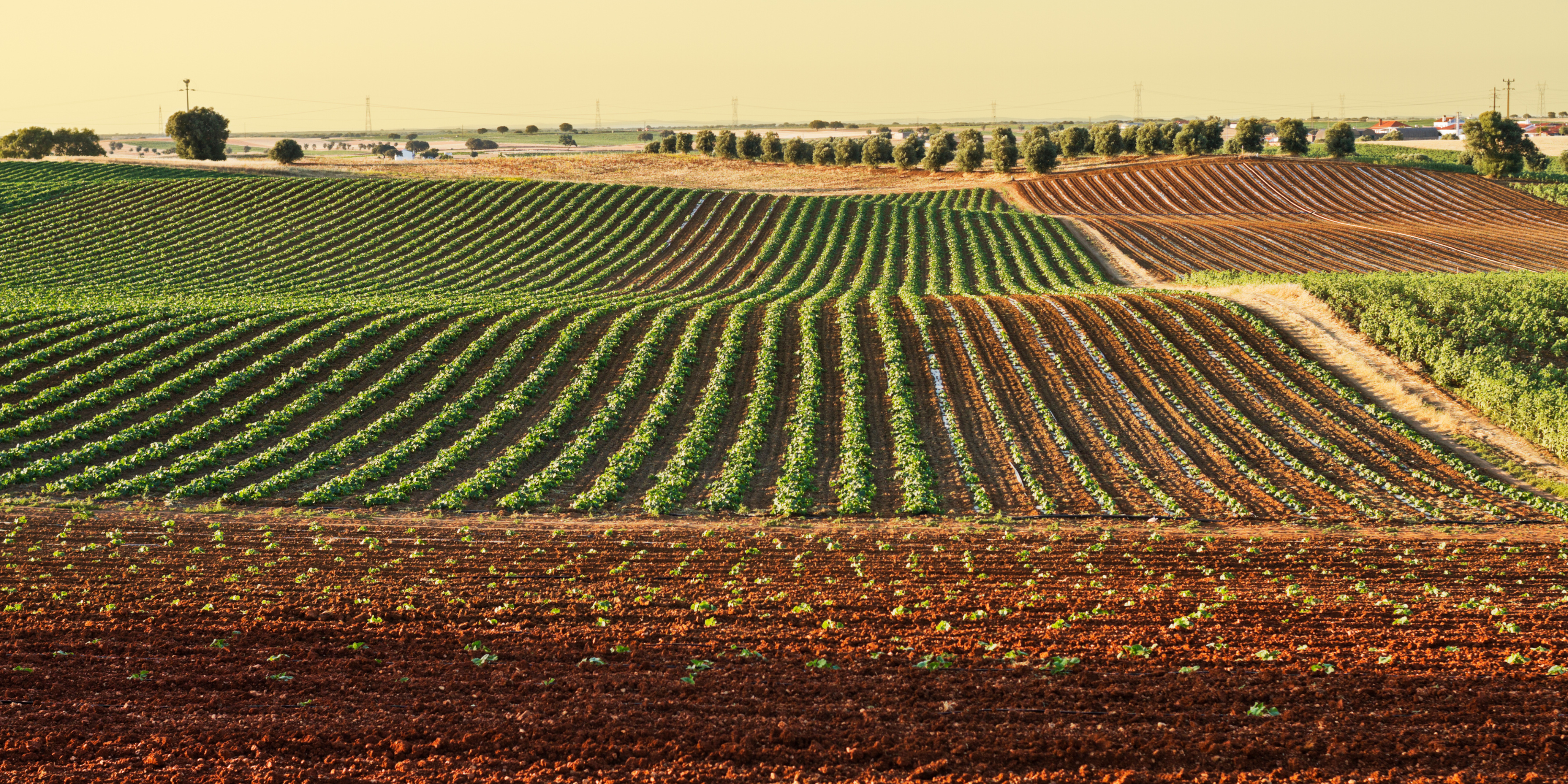
Ley Farming: A Sustainable Approach to Crop and Livestock Integration
Ley farming is an agricultural practice that involves rotating arable crops with grass or legume pastures. This system not only enhances soil fertility but also supports livestock production, making it a holistic approach to sustainable farming.
What is Ley Farming?
At its core, ley farming is a rotational system where land is alternated between growing arable crops (like cereals) and sowing it with grasses or legumes for pasture. The term "ley" refers to the temporary pasture phase in this rotation. Typically, the pasture phase lasts from one to five years, depending on the farmer's objectives and soil conditions.
Benefits of Ley Farming
-
Soil Fertility Enhancement: Leguminous plants in the pasture phase fix atmospheric nitrogen, enriching the soil and reducing the need for synthetic fertilizers.
-
Improved Soil Structure: The root systems of grasses and legumes enhance soil structure, promoting better water infiltration and reducing erosion.
-
Weed and Pest Control: Rotating crops with pasture disrupts the life cycles of pests and weeds, minimizing their impact without relying heavily on chemical controls.
-
Livestock Integration: The pasture phase provides grazing opportunities for livestock, integrating crop and animal farming systems efficiently.
-
Carbon Sequestration: Incorporating leys into crop rotations can increase soil organic matter, aiding in carbon sequestration and contributing to climate change mitigation.
Implementing Ley Farming
-
Selection of Species: Choosing the right mix of grasses and legumes is crucial. Factors like climate, soil type, and intended livestock use influence this decision.
-
Rotation Planning: A typical rotation might involve several years of arable cropping followed by a few years of pasture. The exact duration depends on specific farm goals.
-
Management Practices: Proper grazing management during the pasture phase ensures optimal regrowth and soil benefits.
Challenges and Considerations
While ley farming offers numerous benefits, it requires careful planning and management. Transitioning between crop and pasture phases must be timed correctly to maximize benefits. Additionally, initial establishment of pastures can involve costs and labor.
Up next: Cover Cropping: A Regenerative Practice for Soil Health and Sustainable Agriculture
Share


